dougbert
Solar Addict
wow this is my 1001st post after 4.5 years.
others post far more than I in less time
others post far more than I in less time
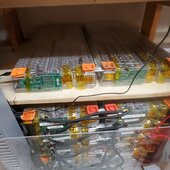

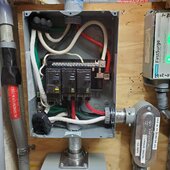
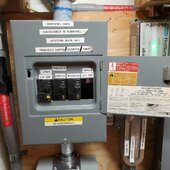
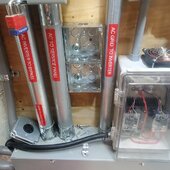
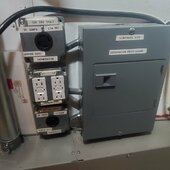
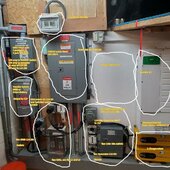


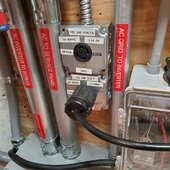
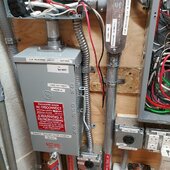
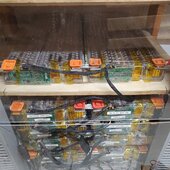


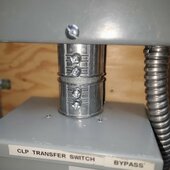

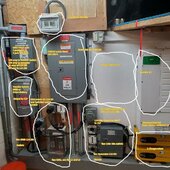
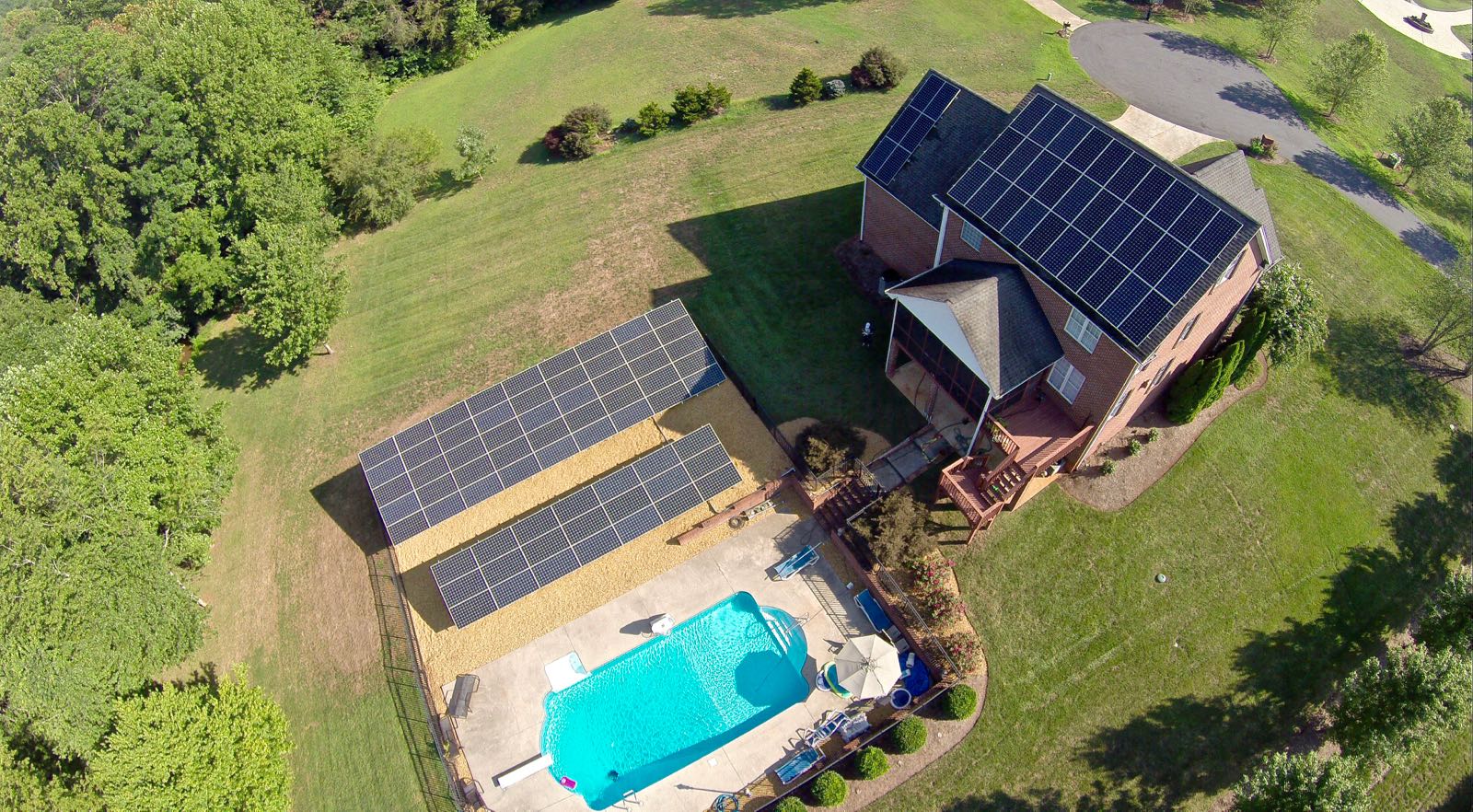

You have one complicated setup. Why not make it more simple?
The entire thing looks complicated to me. Although, its probably easier to set up than it looks.where is the complication? what section are you looking at? Generator?
I have a set of requirements (features desired ) and I built the system to provide those the features I want and the flexibility of controls and configuration, and it was far cheaper at the time. Started 24 years ago and the hardware available back then was not very advanced like today
one thing simple does is remove or prevent features and configuration ability from being present
The entire thing looks complicated to me. Although, its probably easier to set up than it looks.


